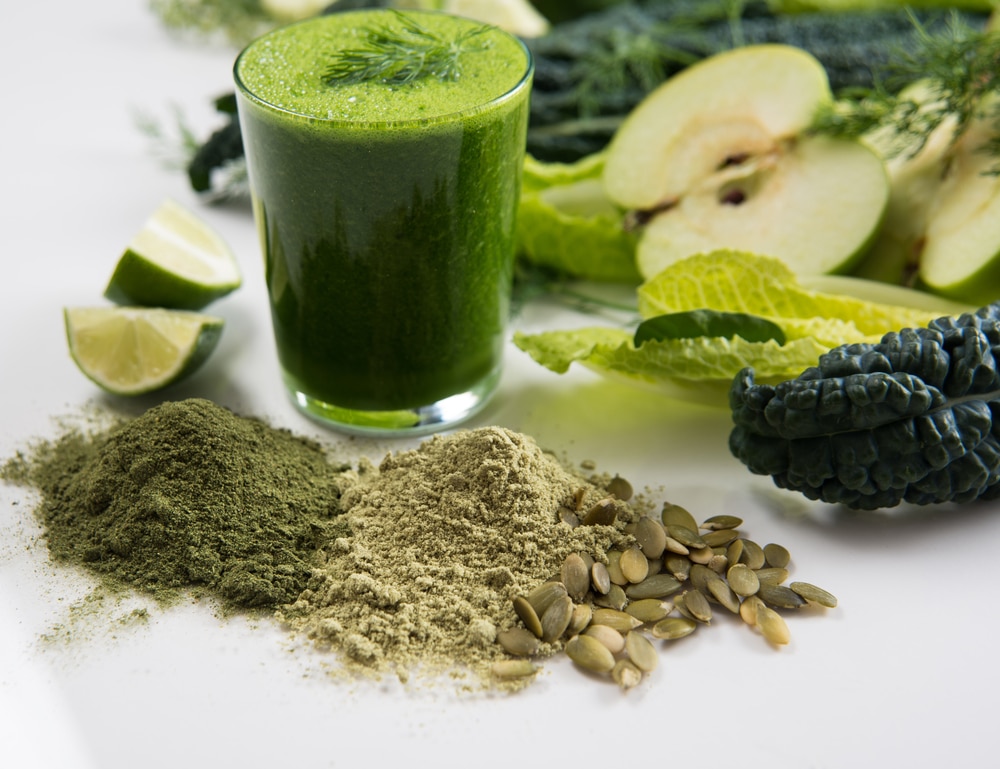As a functional diagnostic nutritionist at Getufit Fitness & Nutrition I am well aware that nutrition plays a crucial role in optimizing health. Since I began in this industry over 25 years ago, there has always been alot of controversy on Intermittent Fasting and it’s effectiveness. Now, Getufit Fitness & Nutrition has a nationwide reach and helps individuals find that optomal state of health. Let’s dive into the fascinating world of intermittent fasting (IF), hormone cycles, and how specific foods can enhance metabolism. 🌟
Intermittent Fasting: Hormones and Timing Meals
Intermittent fasting involves alternating planned periods of fasting with regular eating. It’s like giving your digestive system a little vacation. Proponents believe it can lead to lasting weight loss, better metabolic health, and even a longer life. But how does it work?
- Caloric Deficit and Metabolic Plateau:
- Fasting creates a net calorie deficit, aiding weight loss.
- It may also prevent the dreaded “metabolic plateau,” where your body adapts and burns fewer calories than expected.
- Think of it as tricking your metabolism into shedding those extra pounds before it gets too comfortable.
- Hormonal Harmony:
- IF can improve insulin sensitivity, reducing the risk of type 2 diabetes.
- It also affects other hormones, like growth hormone and cortisol, which play a role in metabolism and overall health.
The Hormone Cycle and Timing Meals
Our hormones are being constantly produced and used. For woman, a typical cycle has four phases. I’m giggling as I type this up, as I once taught this as a 5th grade teacher a million moons ago…and here I am teaching it again from a different perspective. Each month after the pituitary gland (in our brain) wakes up and activates the Hypothalamic-Pituitary-Gonadal (HPG) Axis. The hypothalamus, a brain region, plays a crucial role. It releases Gonadotropin Releasing Hormone (GnRH) in a pulsatile manner. The pituitary responds to GnRH by releasing the key hormones that stimulate the release of eggs in females, and development of sperm in males. This begins with the onset of puberty. The four phases are as follow:
- Menstrual Phase:
- Ah, the “time of the month.” Estrogen and progesterone levels drop, leading to the shedding of the uterine lining.🩸
- Nutrition Tip: Iron-rich foods (like leafy greens and lean meats) help replenish lost blood. Also, embrace dark chocolate – it’s like a warm hug for your soul.🍫🥦🥩
- Follicular Phase:
- Estrogen starts its ascent, preparing the body for ovulation.
- Nutrition Tip: Boost energy with complex carbs (whole grains, legumes). 🫘🍞Think of it as fueling up for a cosmic rocket launch. 🚀
- Ovulatory Phase:
- Estrogen peaks, and an egg is released. You’re practically a celestial goddess!🥚🏋🏻♀️💥
- Nutrition Tip: Omega-3 fatty acids (salmon, walnuts) support brain health. Plus, they’re like little love notes to your ovaries.❤️🎵
- Luteal Phase:
- Progesterone takes the stage, prepping the uterus for potential baby-making.😎😜
- Nutrition Tip: Magnesium (spinach, pumpkin seeds) eases cramps. Also, indulge in herbal teas – chamomile or raspberry leaf – for womb serenity.🥬🥦
This happens every single month from puberty to menopause!!! Girls are getting their periods as early at 9-10 years old, however the average age is 12-13. The average age of perimenopause/menopause is 48-53 but women start experiencing imbalances and symptoms of menopause as early as 35. THAT’S ALOT OF CYCLES!!! 🩸…….📆🙄
Did You Know Meal Timing Matters Too!?
That’s right! This is where intermittent fasting and meal timing can be beneficial. Let’s explore why meal timing and intermittent fasting (IF) matter based on the hormone cycle. Buckle up – we’re diving into the fascinating world of metabolism, hormones, and mealtime symphonies! 🌟
Meal Timing and Hormones
Circadian Rhythm and Fasting Times
Imagine your body as a finely tuned orchestra, with hormones playing different instruments. The circadian rhythm diet (also known as the sun cycle diet) encourages aligning meals with the rise and fall of the sun. Cortisol, our body’s natural alarm clock, surges in the morning. It affects thyroid hormones, which impact how we metabolize food13
Nutrition Tip: Start your day with a balanced breakfast – it’s like tuning your metabolic violin. Get your day ready and set with the proper proteins, healthy fats and complex carbs.
Avoid Late-Night Meals: Picture this: You’re at a midnight concert, and suddenly the orchestra starts playing. That’s your body’s hormonal response to eating late.Hormones kick in whenever you eat. If it’s during a low-energy period, your hunger and appetite increase24.
Nutrition Tip: Close the kitchen early – let your body rest without the encore of late-night digestion. When the body rests… it digests!
Does intermittent fasting impact your hormone production ?
The short answer is yes… but the nerdy version of that answer is that fasting acts as a powerful stimulus for HGH secretion. During fasting, HGH spikes in the early morning and continues to be secreted throughout the day. HGH plays a crucial role in maintaining lean body mass, including muscle and bone14.
Intermittent fasting affects the hypothalamic and pituitary-gonadal communicate. During fasting, the hypothalamus releases a hormone in pulsatile waves. This causes the pituitary to release the hormones that impact our estrogen and testosterone production. Like I said earlier, yes! 😃👏
Intermittent fasting orchestrates hormonal harmony. Insulin sensitivity improves, reducing the risk of type 2 diabetes. Growth hormone and cortisol dance gracefully, impacting metabolism and overall health.🙌👏🎵
Remember, your body’s hormones are like virtuoso musicians – timing matters. So, whether you’re sipping coffee at sunrise or skipping dinner, play your metabolic notes wisely! 🎶🍽️
Breakfast Like a King, Dinner Like a Pauper
Ever heard this saying? It’s true! Front-load your meals – a hearty breakfast and moderate lunch – and taper off at dinner. Your body handles nutrients better earlier in the day.
➡️1. Breakfast Like a King/Queen:
Morning is prime time for metabolism. Your body’s cortisol (the “get up and go” hormone) is high.
Nutrition Tip: Protein-packed breakfasts (eggs, Greek yogurt) kickstart your day like a sunrise over the ocean.
➡️2. Lunch Like a Knight:
Midday, your digestive fire roars. It’s like a medieval feast in your belly.
Nutrition Tip: Balanced meals (protein, healthy fats, veggies) keep you gallant and ready for quests.
➡️3. Dinner Like a Peasant:
Evening – the sun sets, and so does your metabolic sun. Start honoring the rest that your digestive system needs to give you the best of your day tomorrow!
Nutrition Tip: Have your largest meal during daylight hours when your body is most active.Light dinners (think soups, salads) prevent midnight belly dragons and support restful sleep.
Remember, your hormones are cosmic choreographers. Listen to their rhythm, honor your body, and dance through life with grace and nourishment! 🌙🍽️. Our bodies follow a natural rhythm influenced by light and darkness. We call this our cCrcadian Rhythm. Eating in sync with this cycle can optimize metabolism.
Effective Types of Fasts
The internet is loaded with hundreds of types of fast. Many of these do not place much importance on the longevity and sustainability of intermittent fasting. In addition, there is very little guidance on how to incorporate certain fasts for specific health conditions.
- Time-Restricted Feeding (TRF): With this method, you eat within a specific window (e.g., 8 hours) and fast the rest. TRF supports gut health, circadian rhythms, and weight management. This is the most common and easily managed type of fast.
- Alternate-Day Fasting (ADA): Fast every other day. With this technique, you would have your last meal on Day 1 at night. On Day 2 there is no food intake, however certain nutritional additions can be made that will not break your fast. On the morning of Day 3, you resume eating and then continue the TRF fast based on your cycle. This fast is effective for weight loss but requires discipline and the guidance of a nutritionist.
Optimal Foods and Macros
It is important to acknowledge the importance of the foods that will optimize your fast. It’s also critical to know that fasting is not a food restriction to reduce caloric consumption. It has a multitude of advantages that will accelerate your progress while fasting. These are things you have probably heard before, but here is a recap!
- Protein 🥩🥚🍗
- Essential for muscle repair and metabolism.
- Include lean meats, fish, eggs, and plant-based sources.
- Healthy Fats:🥜🥑🫒
- Boost metabolism and keep you full.
- Avocado, nuts, olive oil – they’re your friends!
- Complex Carbs:🍞🍠🫘
- Choose whole grains, legumes, and veggies.
- They stabilize blood sugar and provide sustained energy.
- Micros and Macros:%😜
- Vitamins, minerals, and fiber matter.
- Balance macros (carbs, proteins, fats) for overall wellness.
Light-Hearted Closing Thoughts
Remember, intermittent fasting isn’t a magic wand – it’s a tool. Find what suits your lifestyle and listen to your body. And hey, if your stomach growls during a meeting, just tell your colleagues it’s your “metabolic symphony.” 😉 Keep nourishing those mitochondria, and here’s to a healthier you! 🌟🍽️
To purchase the 30 Day Getufit Intermittent Fasting Guide CLICK HERE
To book a call or a coffee date CLICK HERE


